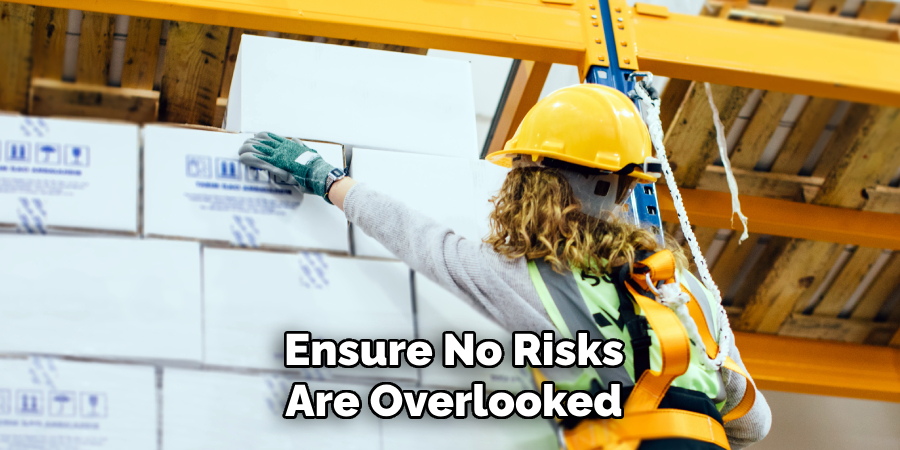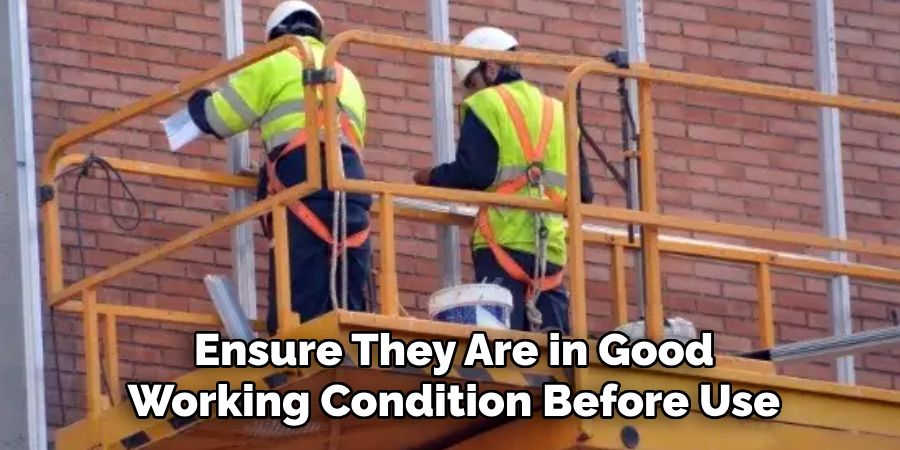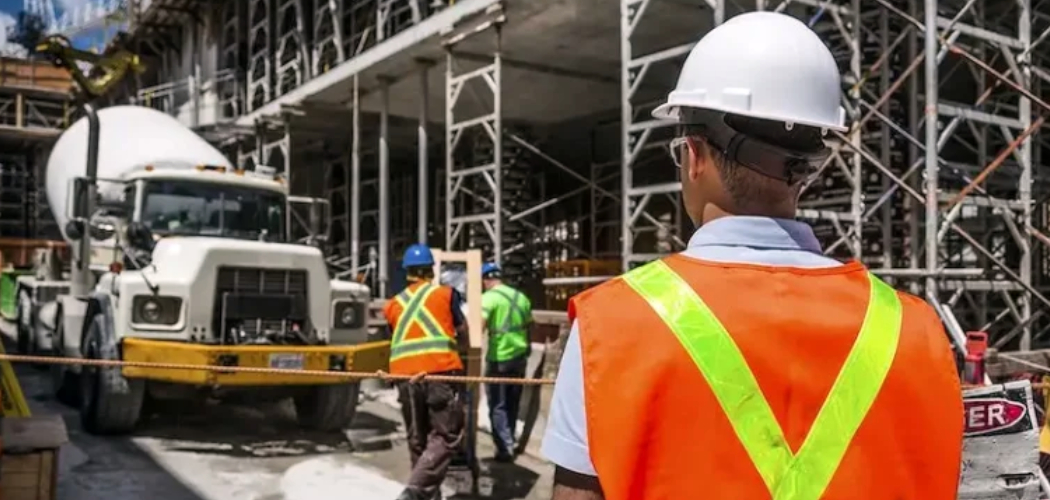Are you planning to renovate your house? Renovations can be an exciting and rewarding experience, but they also come with their hazards.

Renovations can transform a space, bringing new life and functionality to your home or workplace. However, the process often comes with various hazards that can pose risks to your health and safety if not properly managed. From toxic materials like asbestos and lead paint to structural instabilities and electrical dangers, understanding and addressing these potential threats is crucial.
You can ensure a smoother and safer renovation by identifying these hazards early, using proper protective measures, and following safety guidelines. This guide will explore practical tips and strategies on how to deal with hazards during renovations. Let’s get started with identifying potential hazards.
What Are the Causes of Hazards During Renovations?
Renovations involve various activities that can create hazards, including demolition, construction, electrical work, and chemical exposure. In most cases, hazards arise from old materials and structures installed or built before current safety regulations. These include:
- Lead Paint: Homes built before 1978 often have lead-based paint, which is hazardous when disturbed.
- Asbestos: Buildings constructed before the 1980s may contain asbestos used for insulation.
- Mold: Water damage during renovations can cause mold to grow, causing respiratory issues.
- Structural Instabilities: Demolition or removal of walls and other structural elements can weaken the entire structure if not done correctly.
- Electrical Dangers: Working with electrical wiring can lead to electrocution, shocks, and fires if not done by a licensed professional.
Knowing what hazards you may encounter during your renovation project is crucial in planning for safety.
What Will You Need?
You must have the right tools and equipment to deal with hazards during renovations. Here are some essential items you should consider obtaining before starting your renovation project:
- Protective Gear: This includes goggles, gloves, masks/respirators, and hard hats.
- First Aid Kit: In case of accidents or injuries, a well-stocked kit can provide immediate treatment.
- Fire Extinguisher: With construction materials and electrical wiring involved, a fire extinguisher is crucial for preventing fires from spreading.
- Safety Barriers: Use barriers such as safety cones or caution tapes to mark off areas under construction.
- Ladders or Scaffolding: These are essential when working at heights.
- Heavy-Duty Tarp: Use tarps to cover and protect the floor and furniture from dust, debris, and spills.
- Wet/Dry Vacuum Cleaner: A vacuum cleaner can help remove dust and debris from work areas, preventing falls or slips.
Having these readily available will help you deal with hazards and ensure that your renovation project runs smoothly.
10 Easy Steps on How to Deal With Hazards During Renovations
Step 1. Identify Potential Hazards:

Before starting any renovation work, take the time to assess the area for potential risks thoroughly. Look for exposed electrical wires, sharp objects, uneven floors, or structural weaknesses that might pose a threat. Identifying these issues early allows you to implement necessary precautionary measures. Create a checklist of potential hazards and evaluate each workspace zone to ensure no risks are overlooked. Remember to include input from all team members or occupants of the space, as multiple perspectives can help identify less apparent dangers.
Step 2. Wear Appropriate Safety Gear:
Ensure everyone involved in the renovation project is equipped with proper safety gear. This includes hard hats, safety goggles, gloves, steel-toe boots, and hearing protection when necessary. Proper protective equipment helps reduce the risk of injury from falling objects, flying debris, sharp tools, or loud machinery. Double-check that all safety gear fits well and meets regulatory standards before starting work. Prioritizing personal protective equipment is fundamental to maintaining a safe work environment.
Step 3. Use Tools and Equipment Properly:

Proper use of tools and equipment ensures safety during a renovation project. Always read and follow the manufacturer’s instructions for any tool or machinery, and ensure they are in good working condition before use. Use the right tool for the task at hand and avoid makeshift solutions. Store tools securely when not in use to prevent accidents and provide training to anyone unfamiliar with operating specific equipment. Misusing tools or cutting corners can lead to unnecessary risks and injuries; therefore, prioritize safe handling at all times.
Step 4. Keep the Work Area Clean and Organized:
Maintaining a clean and organized work area is essential for preventing accidents and ensuring efficiency during a renovation project. Remove clutter, such as loose tools, construction debris, and tangled cords, to avoid tripping hazards. Regularly dispose of waste in designated bins and clear pathways for easy movement. Systematically organize tools and materials so they can be accessed quickly and safely. A tidy workspace enhances productivity and significantly reduces the likelihood of preventable incidents.
Step 5. Use Protective Gear:
Wearing the appropriate protective gear is a fundamental aspect of staying safe during any renovation project. Equip yourself with items such as safety goggles, gloves, hard hats, and sturdy footwear to protect against potential injuries. For areas with excessive dust or fumes, ensure the use of masks or respirators to prevent respiratory issues. Hearing protection should be used when working near loud machinery. Choosing the right gear for each task ensures you are adequately shielded from hazards, creating a safer working environment throughout the project.

Step 6. Be Cautious with Electrical Work:
Handling electrical components requires extreme care to avoid accidents or serious injuries. Always ensure the power supply is turned off before working on any electrical systems. If you’re unsure about the complexity of the task, consult a licensed electrician to avoid mistakes. Use insulated tools, and never handle wiring or outlets with wet hands. Additionally, regularly inspect power tools and extension cords for any signs of wear or damage to ensure they are safe to use. Electrical safety is critical in any renovation project, as it minimizes the risk of fires, shocks, or other serious incidents.
Step 7. Properly Dispose of Waste Materials:
Waste materials such as debris, old fixtures, and hazardous substances can quickly accumulate during a renovation project. To minimize environmental impact, make sure to sort waste into recyclable, reusable, and non-recyclable categories. Dispose of hazardous materials like paint, solvents, or batteries according to local regulations to prevent contamination. Use designated waste disposal bins and consider renting a dumpster for larger projects to keep the workspace organized and safe. Proper waste management ensures a cleaner work environment and contributes to a more sustainable renovation process.
Step 8. Test and Inspect Your Work:
Once the renovation is nearing completion, take the time to test and inspect your work thoroughly. Ensure that all installations, such as plumbing, electrical systems, and structural changes, meet safety standards and function as intended. Check for any loose fittings, unfinished edges, or areas needing touch-ups. If required, consider hiring a professional inspector to verify that everything complies with local building codes. This critical step helps identify potential issues early and ensures your renovation project is safe, durable, and built to last.
Step 9. Final Clean-Up and Decorating:
With the renovation complete, focus on a thorough clean-up of the space. Remove any leftover materials, tools, debris, and deep-clean surfaces to ensure the area is ready for use. After cleaning, bring in your chosen furniture, décor, and personal touches to transform the renovated space into a comfortable and functional environment. Thoughtful decorating can enhance the aesthetic and utility of your project, making the finished area feel like home.
Step 10. Conduct a Final Walkthrough:
Before fully settling into the renovated space, perform a detailed final walkthrough. Verify that all project elements meet your expectations and fulfill the initial vision. Check for any overlooked details, such as minor repairs, paint touch-ups, or functionality of installed fixtures and appliances. Address any final adjustments with contractors or relevant professionals to ensure everything is completed satisfactorily. A comprehensive final review ensures that your renovation is polished and ready for long-term enjoyment.

By following these ten steps, you can confidently manage any renovation project and maintain a safe environment for everyone involved.
5 Things You Should Avoid
- Ignoring Hazard Assessments: Skipping a proper hazard assessment can lead to unforeseen dangers during a renovation project. Always identify potential risks before starting any work to ensure safety.
- Failing to Wear Protective Gear: Neglecting the use of appropriate personal protective equipment, such as gloves, masks, or safety goggles, can expose you to harmful materials like dust, chemicals, or sharp objects.
- Overlooking Electrical Risks: Renovation projects often involve electrical systems. Avoid tampering with wires or outlets without adequately shutting off the power and consulting a licensed professional.
- Improper Disposal of Hazardous Materials: Tossing hazardous materials like asbestos, lead paint, or chemical solvents in regular trash can pose health and environmental risks. Always follow proper disposal protocols.
- Ignoring Ventilation Needs: Working in poorly ventilated spaces during renovations can expose you to toxic fumes and dust. Ensure adequate airflow to maintain a safe environment.
Conclusion
How to deal with hazards during renovations requires thorough preparation, proper equipment, and adherence to safety protocols.
Start by planning your project carefully, identifying potential risks, and taking steps to mitigate them. Always use the appropriate protective gear to shield yourself from harm, and consult professionals for tasks involving complex systems like electrical work or hazardous materials. Proper disposal of dangerous substances and ensuring adequate ventilation are critical to maintaining a healthy environment.
By proactively addressing these factors, you can minimize risks and ensure a smooth renovation process.

